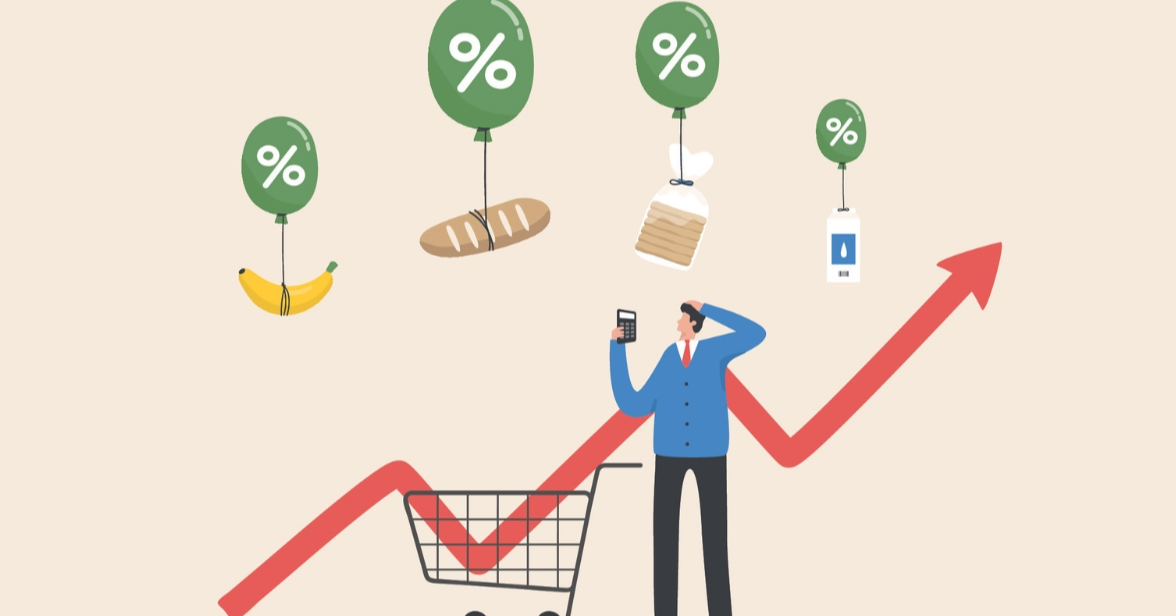Why the Cost of Living Still Hurts Despite Easing Inflation
Hamish Munro, CEO for Asia Pacific (excluding Greater China), Ipsos
15-Jan-25 12:00

Embed Podcast
You can share this podcast by copying this HTML to your clipboard and pasting into your blog or web page.
Close
Despite signs of easing inflation in many countries, 65% of people still expect it to rise by 2026, according to the latest Cost of Living Monitor. In this episode of Enterprise Explores, we dive into key findings across 32 countries, examining key factors that influence perceptions of inflation, and how much inflationary pain Malaysians are feeling.
We also discuss why 37% of people feel worse off financially now compared to pre-pandemic times, how the financial gap for low- and middle-income groups is growing, and why disposable income remains a pivotal factor in consumer confidence.
Here are some key areas we covered in this conversation:
- Global Outlook on Inflation: Why two-thirds of survey respondents still see inflation rising, even as official rates cool in many economies.
- Immigration’s Role: A growing perception that immigration drives up living costs, with 56% identifying it as a key factor.
- Financial Well-Being Post-Pandemic: How 37% feel worse off now than before COVID, and why this sentiment is intensifying.
- Bridging the Income Divide:Exploring the challenges facing low- and middle-income earners, and what individuals and businesses can do to cope.
- Disposable Income Dynamics: Understanding why some expect disposable income to rise while others fear it will fall—and how this impacts cost-of-living debates.
Produced by: Kishan Sivaswamy
Presented by: Roshan Kanesan
This and more than 60,000 other podcasts in your hand. Download the all new BFM mobile app.
Categories: markets, economy, managing, international, financial wellness
Tags: inflation expectations, cost-of-living trends, Ipsos survey, immigration concerns, post-pandemic finances, inflation outlook, global economy, disposable income,

